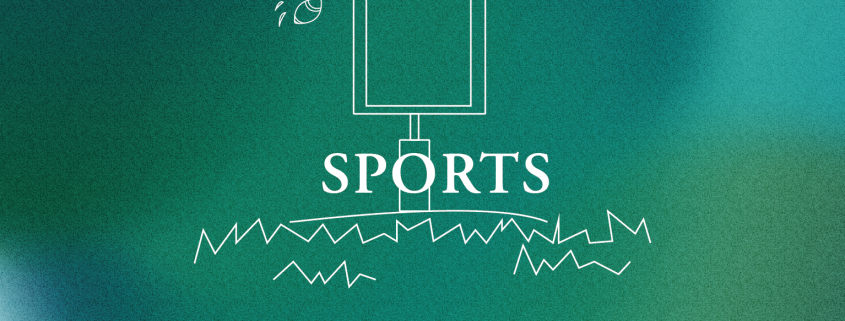Opening the door for collegiate athlete’s mental health
A sports column was never in the cards for this naive and inexperienced writer whose words you’re currently reading. Sure, sports have always been a part of my life, but am I really qualified to cover them?
I started my journalism studies believing I would graduate and go live the life of a journalist that I’d always seen in movies: move to D.C., wake up at 3 a.m. every day, cover hard news until I could no longer see straight and have to move to an isolated mountain town to recover. And then write a book about the whole ordeal, of course.
I then realized that journalism wasn’t all hard news. College is all about trying new things, right? I played sports for my entire life and I liked going to San Francisco Giants games growing up, so I decided that that was enough to dive headfirst into the sports section of this paper.
Was it enough? Welcome to me trying to figure that out.
Recaps and previews for the aquatic sports on this campus have been and will continue to be a huge asset to my journalistic experience. However, I’m looking for something deeper in this column, something that the Daily Trojan hasn’t covered in-depth before.
In recent years, the discourse around the mental health of professional athletes has skyrocketed. We now associate names like Naomi Osaka, Michael Phelps and Simone Biles with the topic, and more athletes are sharing their stories in response.
Osaka’s lack of appearance at French Open press conferences was met with extreme backlash, and her justification only painted a redder target on her back. Taking care of oneself and their mental health should not be a foreign concept to journalists, however, the stigma remains. No one in the media could understand Osaka’s decision or sympathize with her situation, which only made her relationship with the media more strained.
However, athletes like Phelps could sympathize and support Osaka, as Phelps’ struggles with depression and anxiety were made public in the early days of this mental health discourse. If more professional athletes open up to the world about their struggles, more athletes will be able to connect and support one another. Mental health awareness and acceptance is an era our generation has been privileged to grow up in, and we need to take advantage of that.
This is only just beginning at the collegiate level. The most prominent example of this phenomenon is USC’s own Caleb Williams, whose “Seize the Awkward” PSA opened the door for students and student-athletes to start the conversation around mental health.
The almost three-minute video was revolutionary in the world of college athletics, as Williams still remains one of the only student-athletes to be so vulnerable in the public eye about his struggles. This revolution, however, cannot move forward with only one voice.
While the door has been opened, it’s really only craked open. The conversation is a whisper in the grand scheme of collegiate athletics, with the epicenter being athletes who already have a massive public presence. The reported pressures on student-athletes so far is more scientific research than actual stories, and that’s what this column will seek to change.
All USC student-athletes deserve an opportunity to continue the conversation around mental health, whether they are the starting quarterback and Heisman trophy winner or if they play a sport that the Pac-12 network doesn’t even stream.
Sports writing wasn’t something I necessarily had on my bucket list when I started studying journalism at USC, but writing about real people was. This column will (hopefully) continue the conversation around mental health, with USC student-athletes specifically, and bring about real change for those entering the professional sphere in the coming years.
Dana Hammerstrom is a sophomore writing about the mental health of collegiate athletes, as well as the emotional pressures they face in her column “Heart to Heart.”

